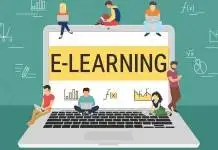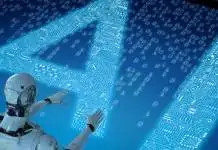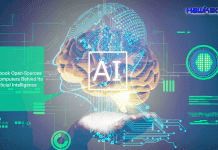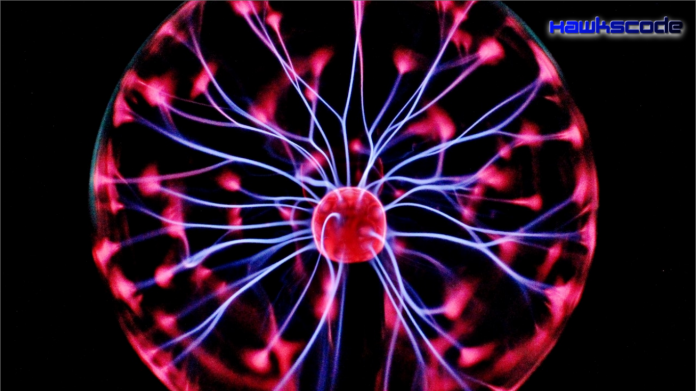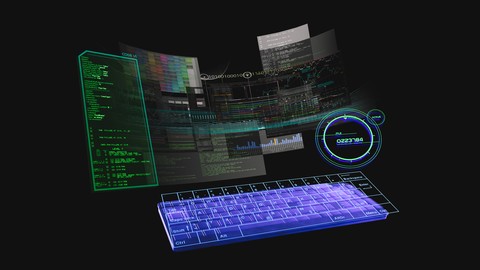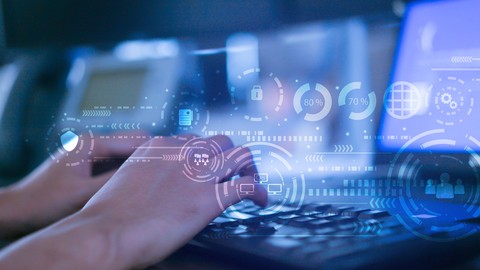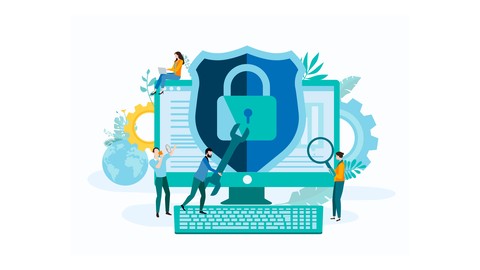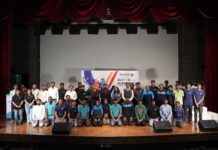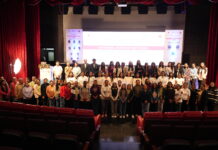How coronavirus set the stage for a techno future with robots and AI
coronavirus set the stage for a techno future with robots and AI. Not so long ago, the concept of a fully automated store seemed something of a curiosity. Now, in the midst of the COVID-19 pandemic, the idea of relying on computers and robotics, and checking out groceries by simply picking them off the shelf doesn’t seem so peculiar after all.
Part of my research involves looking at how we deal with complex artificial intelligence (AI) systems that can learn and make decisions without any human involvement, and how these types of AI technologies challenge our current understanding of law and its application.

Important Announcement – EasyShiksha has now started Online Internship Program “Ab India Sikhega Ghar Se”

How should we govern these systems that are sometimes called disruptive, and at other times labelled transformative? I am particularly interested in whether — and how — AI technologies amplify the social injustice that exists in society. For example, unregulated facial recognition in the United States affects almost 120 million adults, with no independent testing for biased error rates; this effectively creates a virtual, perpetual line-up for law enforcement.
Current applications
Connected supermarkets, like Amazon Go Grocery, use technology that employs computer vision, sensor fusion and deep learning to eliminate the need for staffed checkouts. These are are the same types of technologies used in self-driving cars. Connected supermarkets have eradicated standing in line ups and the traditional checkout experience, as well as the more recent self-checkout experience.
Top Software Engineering Courses
Other curious innovations used to seem other-worldly, such as autonomous robot cleaners that use ultraviolet light to disinfect hospitals and medical facilities.
Some products raise concerns, like ZoraBot, an elder-care robot. These robots are designed to increase independence and reduce loneliness within the world’s growing elderly population. But there are concerns that the robots are potentially insufficient in terms of proper human companionship.
Technological workforces
Prior to the COVID-19 outbreak, we worried that increased automation would impact our workforce, making us uneasy about losing our jobs to machines. We worried about replacing essential workers such as cleaners with autonomous floor-cleaning robots. We fearfully predicted job loss and out-of-balance allocation of prosperity. A 2017 McKinsey report on the future of labour predicted that between 400 and 800 million people around the world could be displaced by automation by 2030.
Empower your team. Lead the industry
Get a subscription to a library of online courses and digital learning tools for your organization with EasyShiksha
Request NowThere is mounting evidence that technology, in fact, protects humans. The bots, after all, can’t get COVID-19. coronavirus set the stage for a techno future with robots and AI. To learn more visit HawksCode and Easyshiksha.
ALSO READ: responding-to-humanitarian-needs-in-a-pandemic-situation
Get Course: Linux-for-Absolute-Beginner













